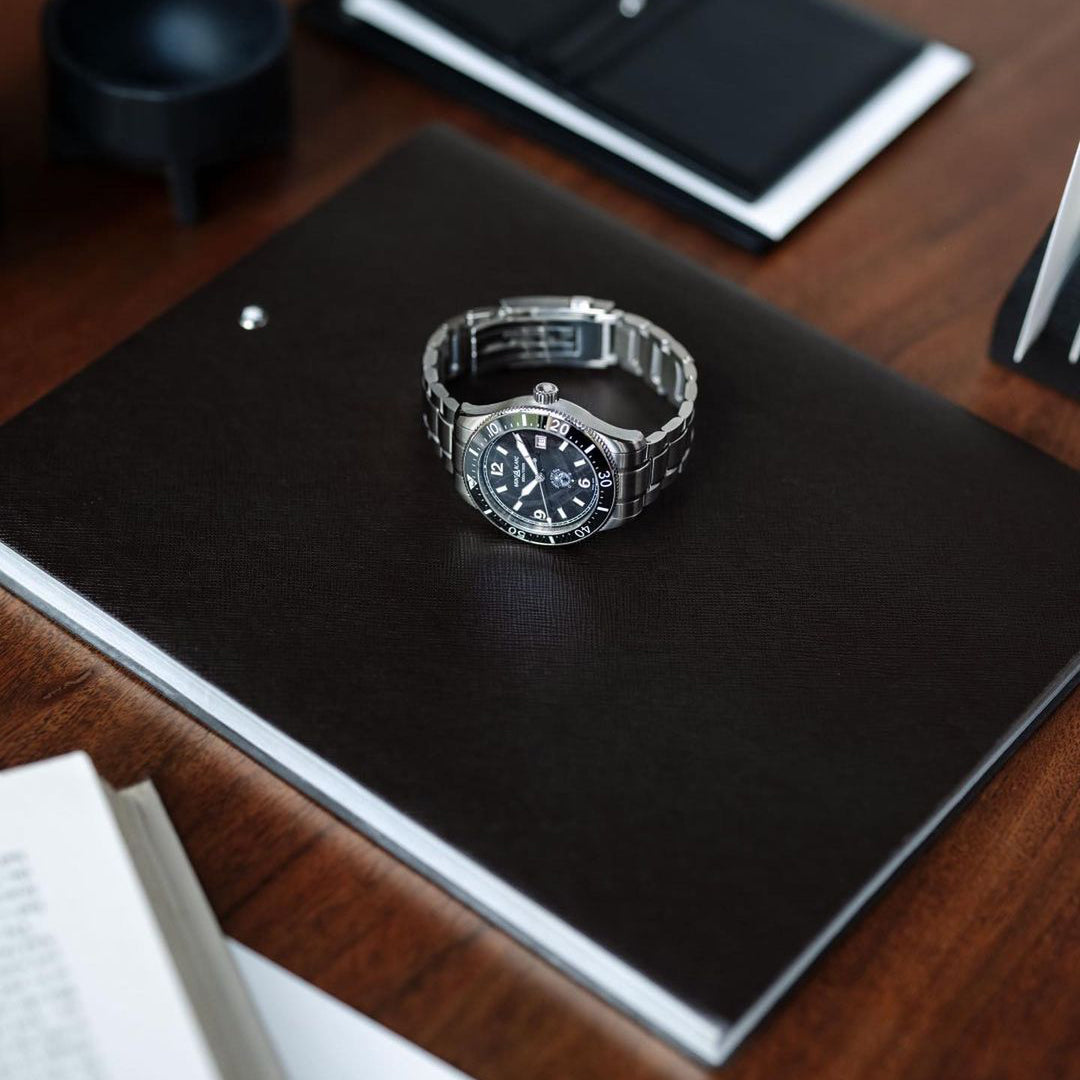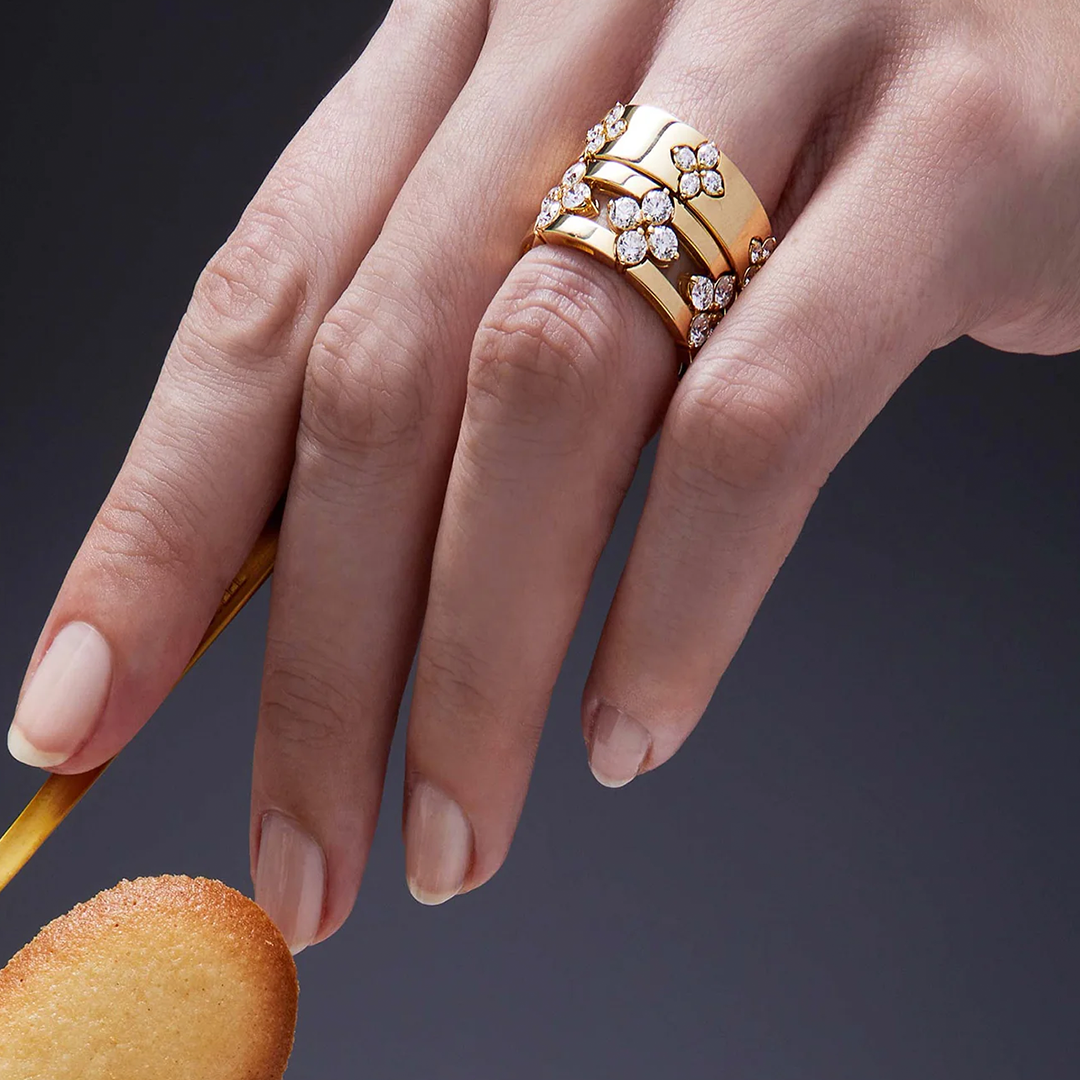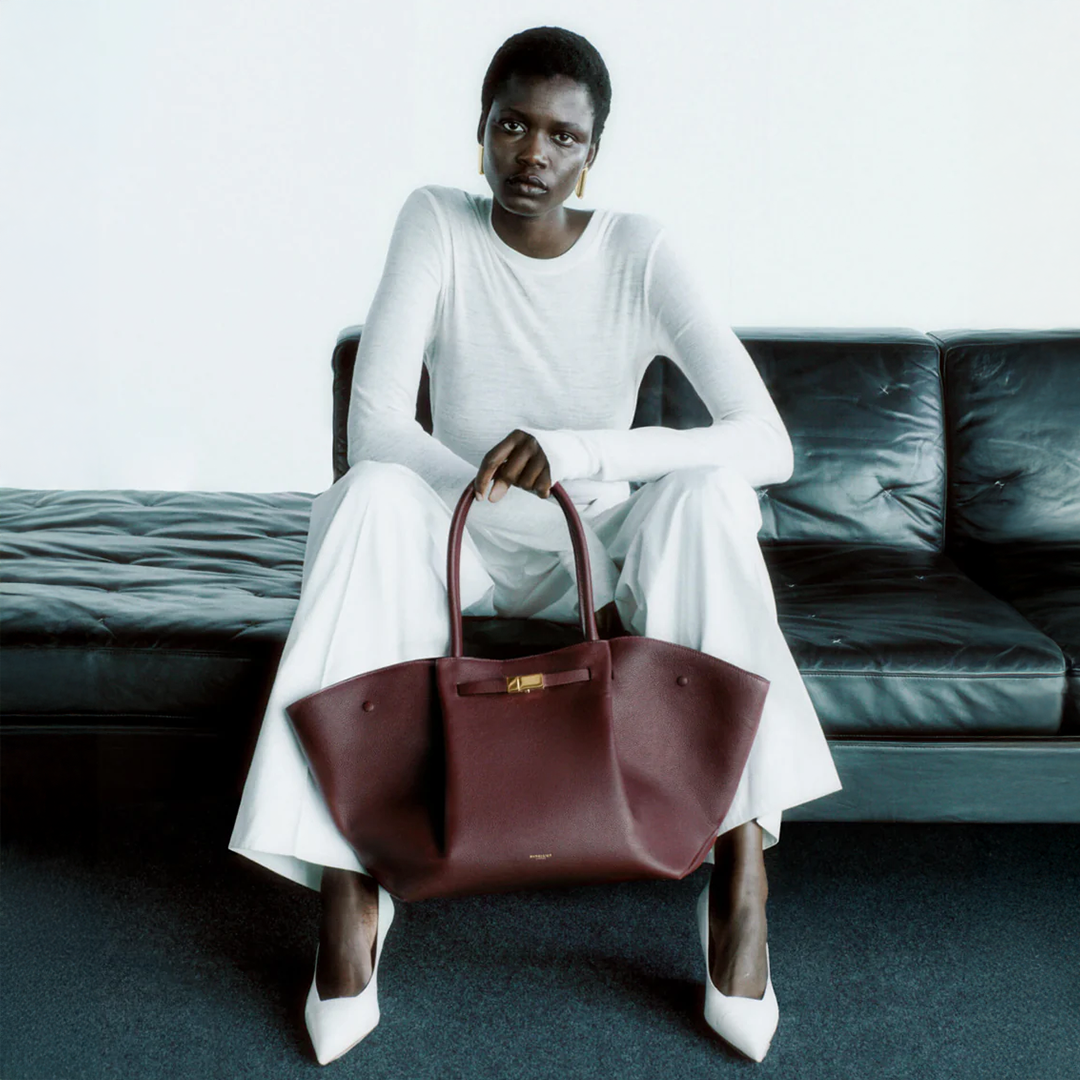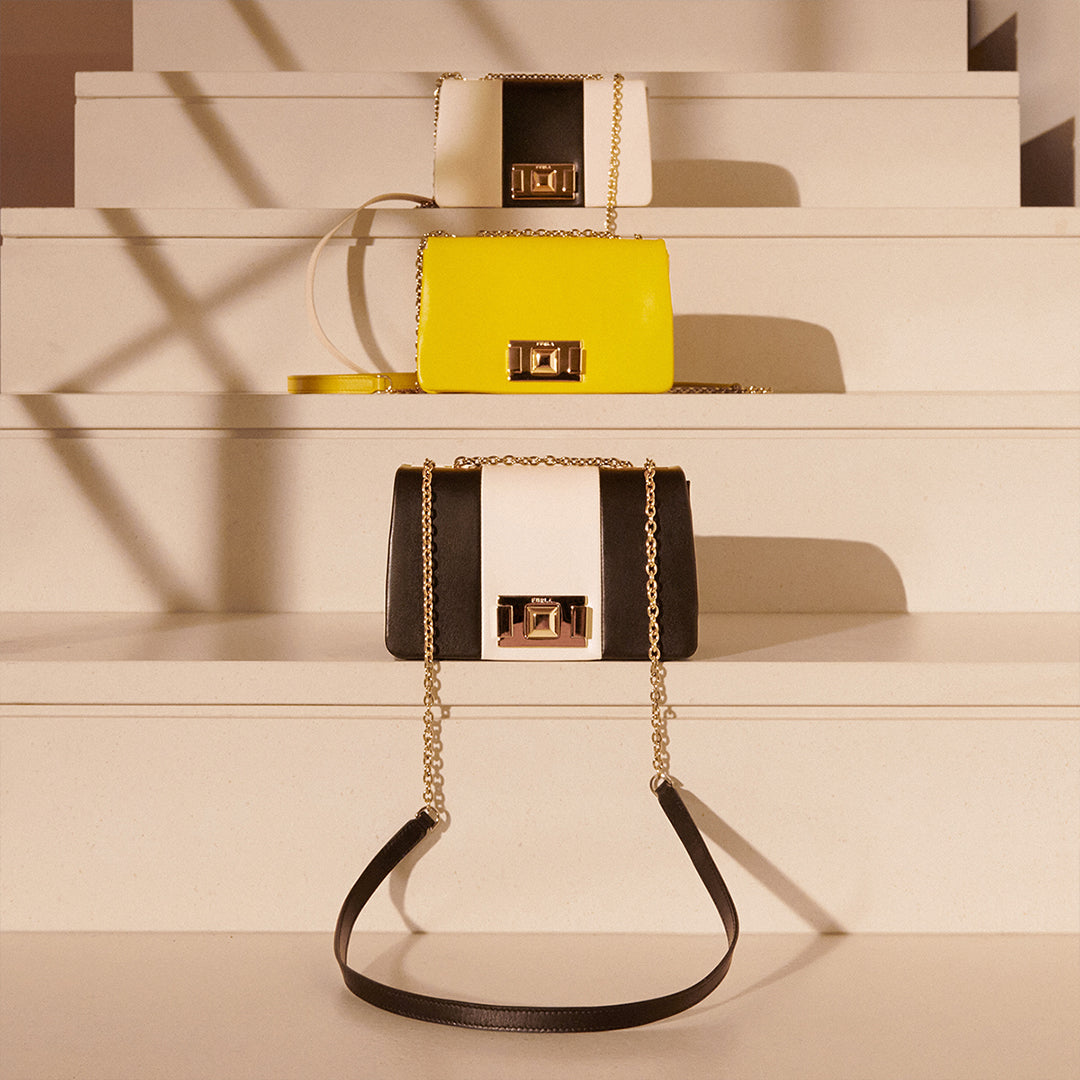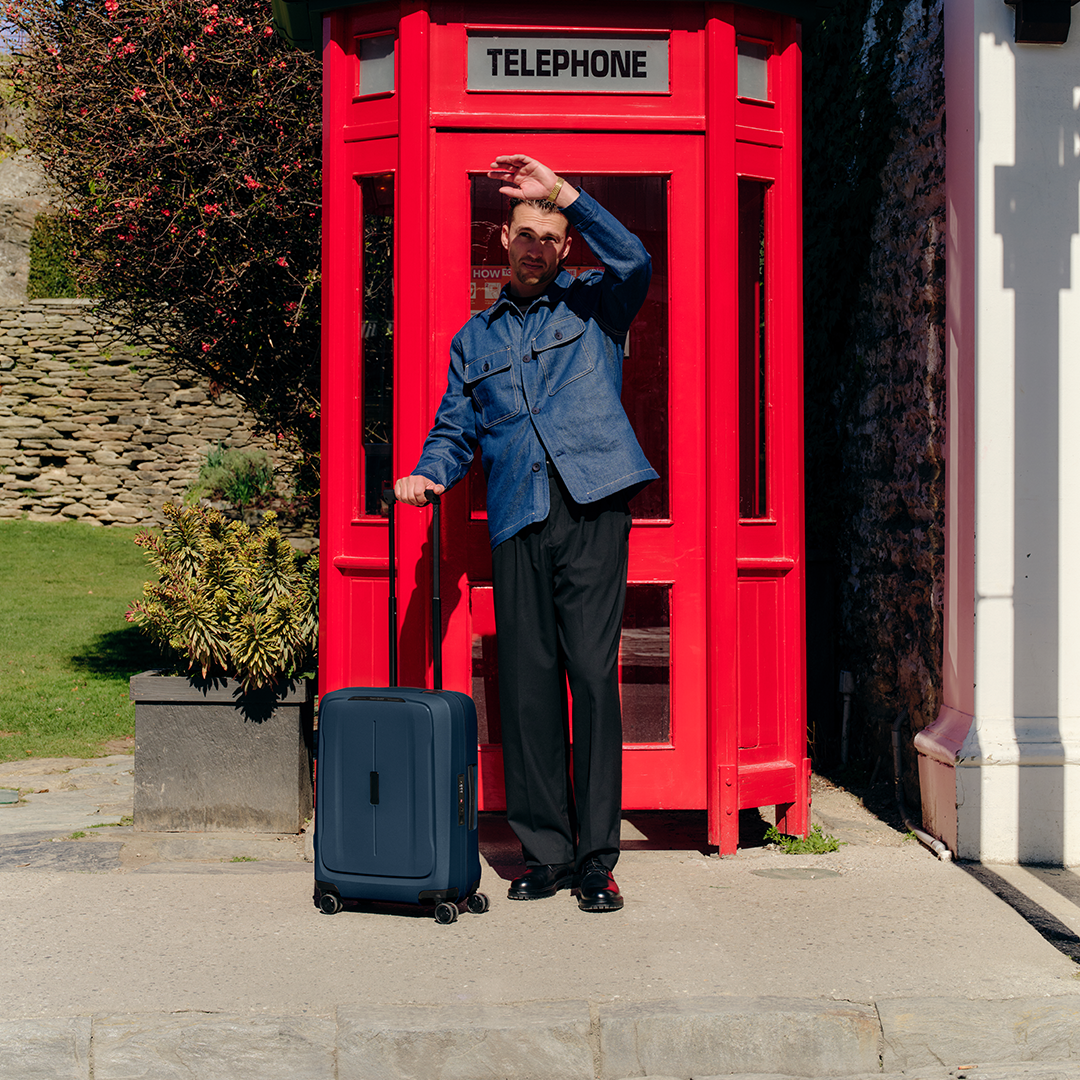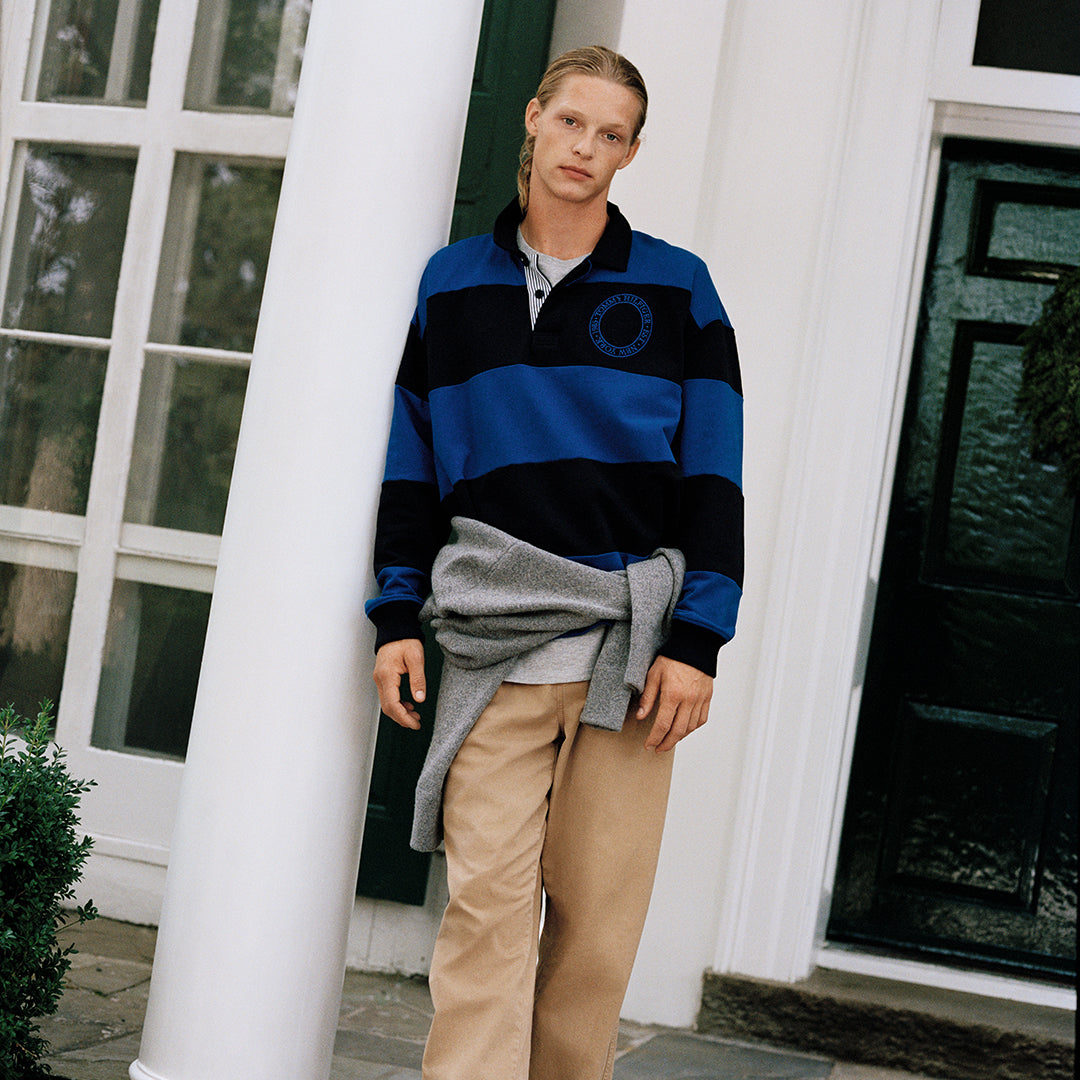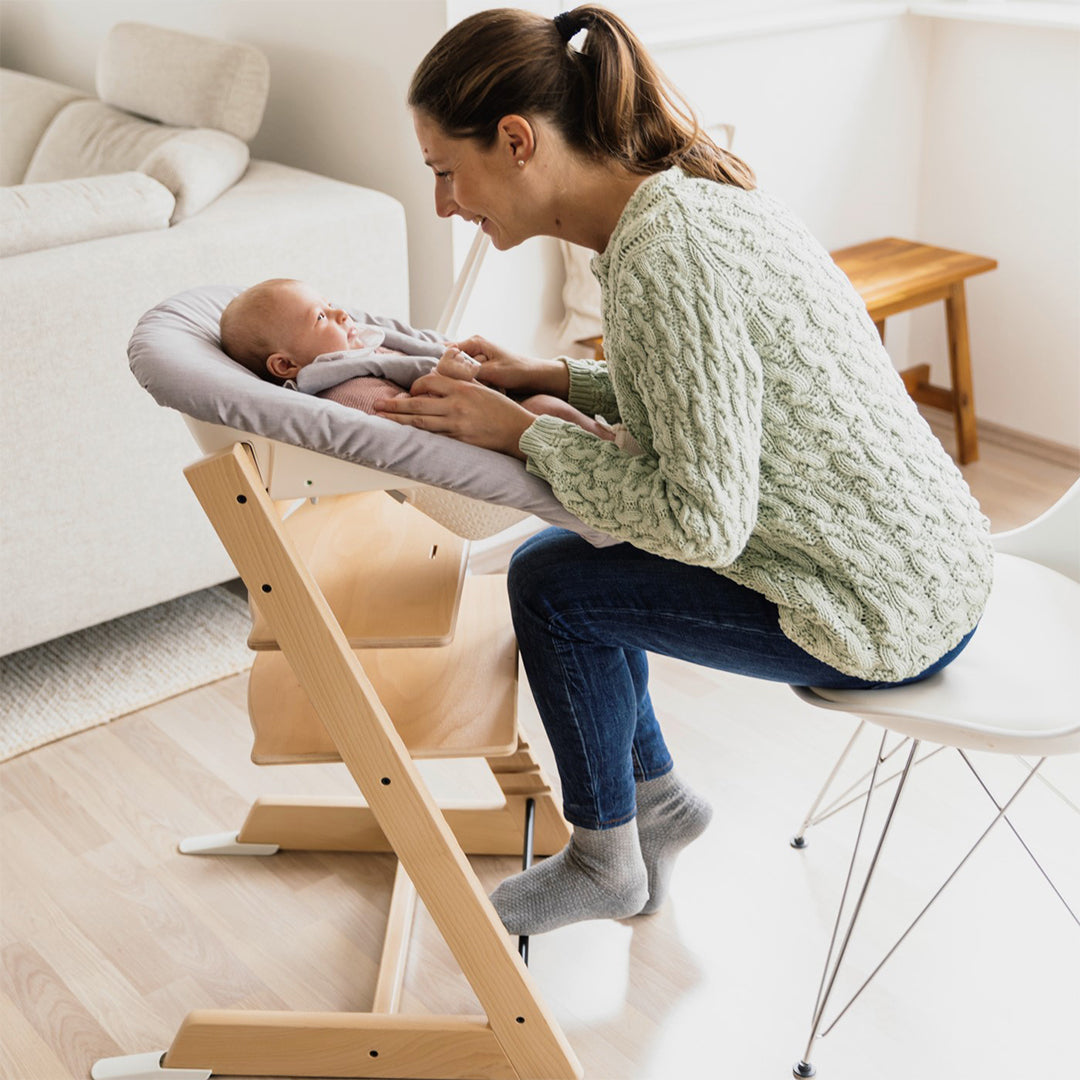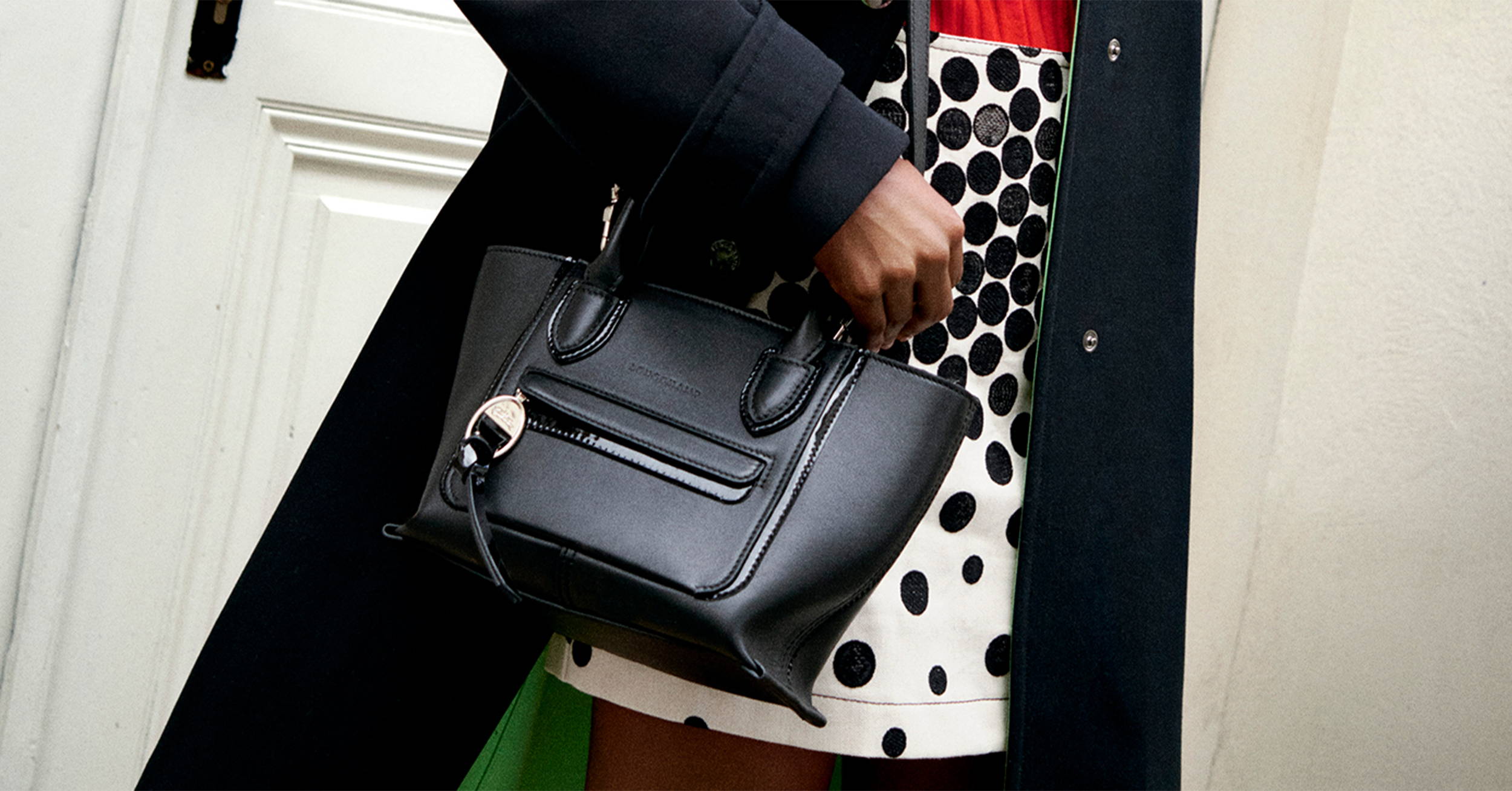Since it was founded in 1948, Longchamp has opened six production sites in the West of France (in Mayenne, Vendée, Maine-et-Loire and Orne). Talented men and women have sustained the leather craftsmanship of this family business for over 70 years. These sites employ over 800 people with rare expertise, spread across 25 workshops. In addition to this factory network are two production sites abroad, in Tunisia and Mauritius. Finally, the brand also makes use of partner workshops in France, China, Romania and Morocco. Regardless of the geographic location of the workshops, "made by Longchamp" ensures the consistent manufacturing of products that all meet the same quality standards. Moreover, Longchamp is transparent about where its designs are assembled, displaying the information on the labels inside its bags.

The French Workshops - Four Generations of Savoir-Faire
THE FRENCH WORKSHOPS - FOUR GENERATIONS OF SAVOIR-FAIRE
Our family-owned and human-sized company is strongly influenced by our artisan culture, our love of beautiful materials and our respect for each other’s work. This background and these values form the basis of Longchamp's sustainable development policy. As a manufacturer, our responsibility starts with the French workshops, where special attention has always been paid to the processing of materials and the production procedures.
Where are Longchamp products manufactured ?
Why does Longchamp combine quality and environmental responsibility?
Like all skilled craftspeople, Longchamp is committed to long lasting products. This is the House’s first commitment towards the environment: ensuring that its customers can preserve their purchased items for a long time, take care of them, and transmit them. Moreover, because Longchamp feels responsible for its products long after they have left the boutiques, the House is proud to ensure that they can be repaired, whenever possible. To this end, a repair service - processing 60,000 products each year, some of which are very old - is available to customers. Taking charge of used or accidentally damaged products, restoring them, and extending their lifespan by several years, is not only satisfying to customers, it also helps to preserve the environment. Longchamp has always considered that a beautiful product should be repairable, and that giving it a second life is a source of pride.


